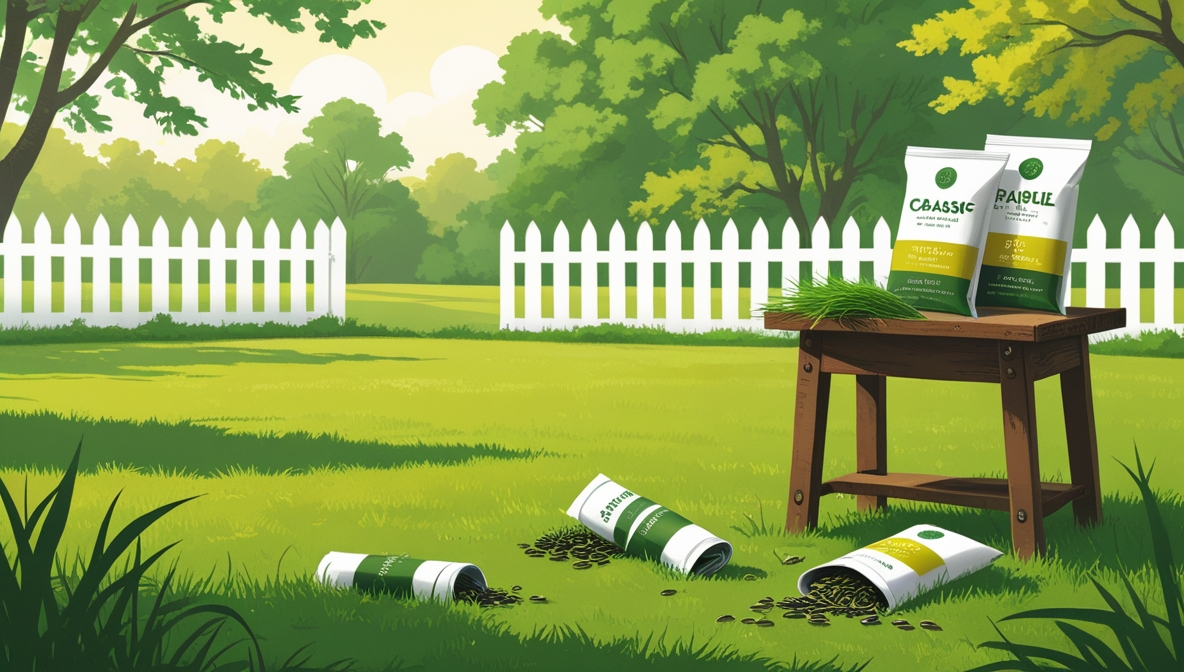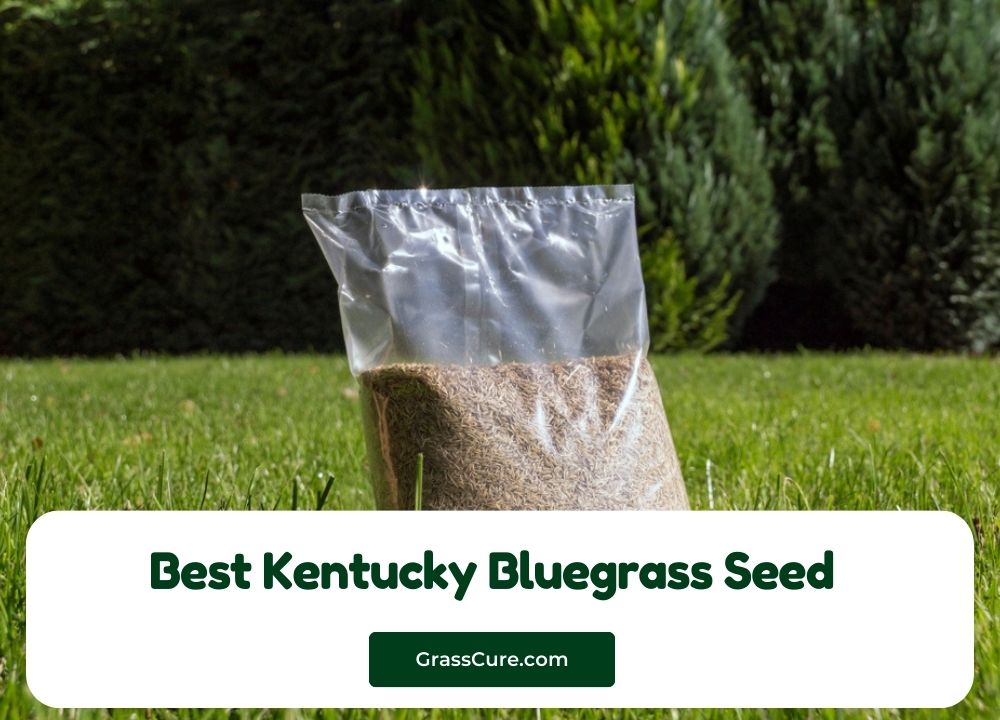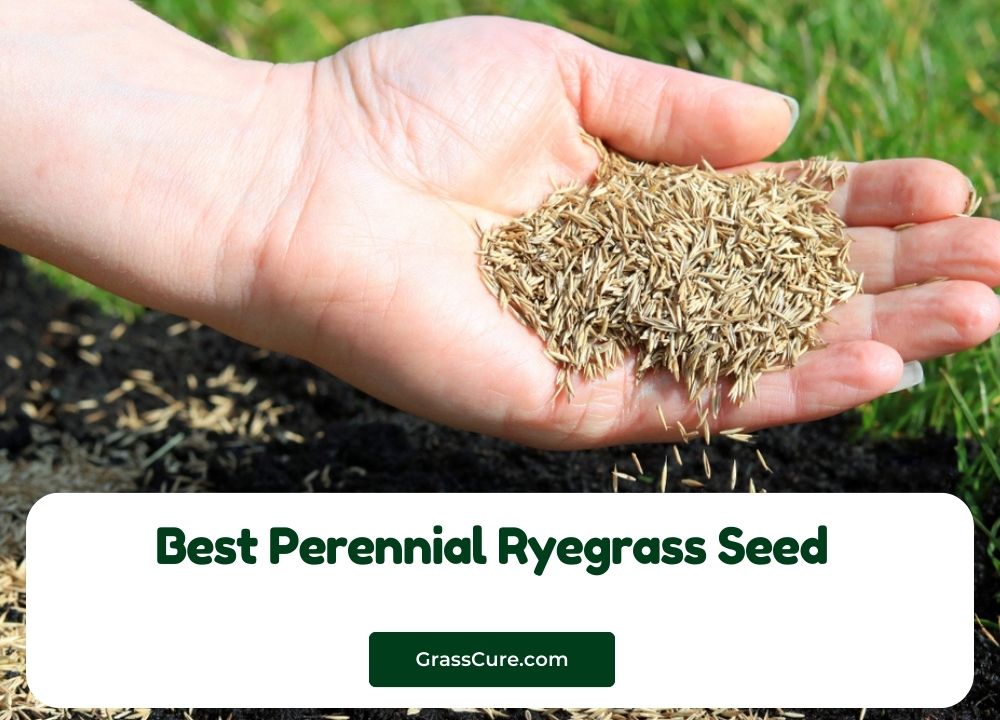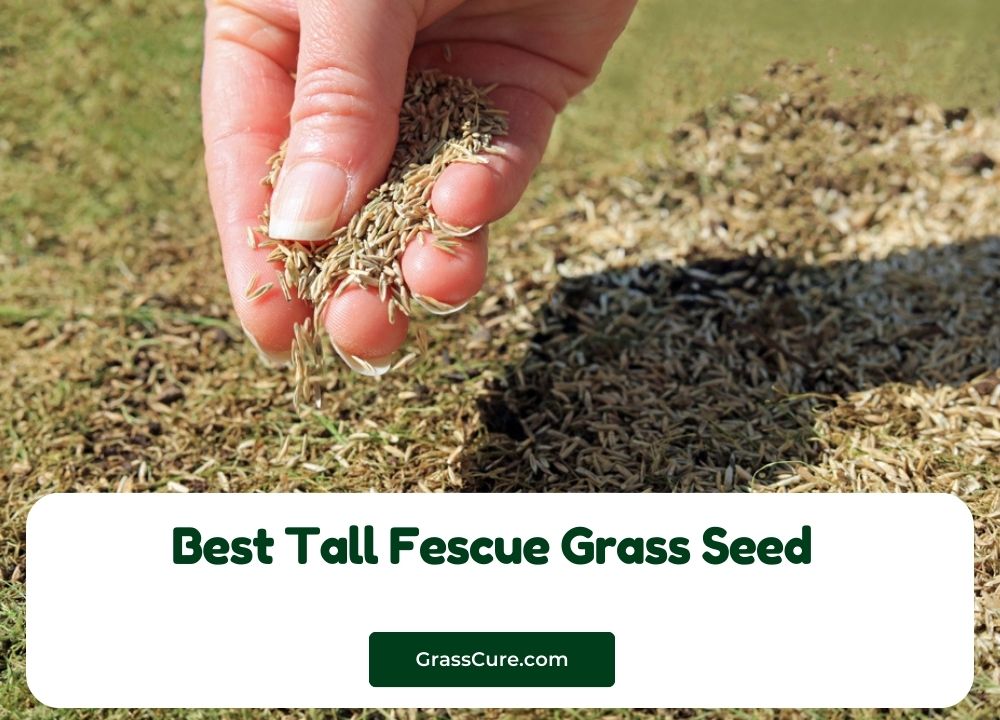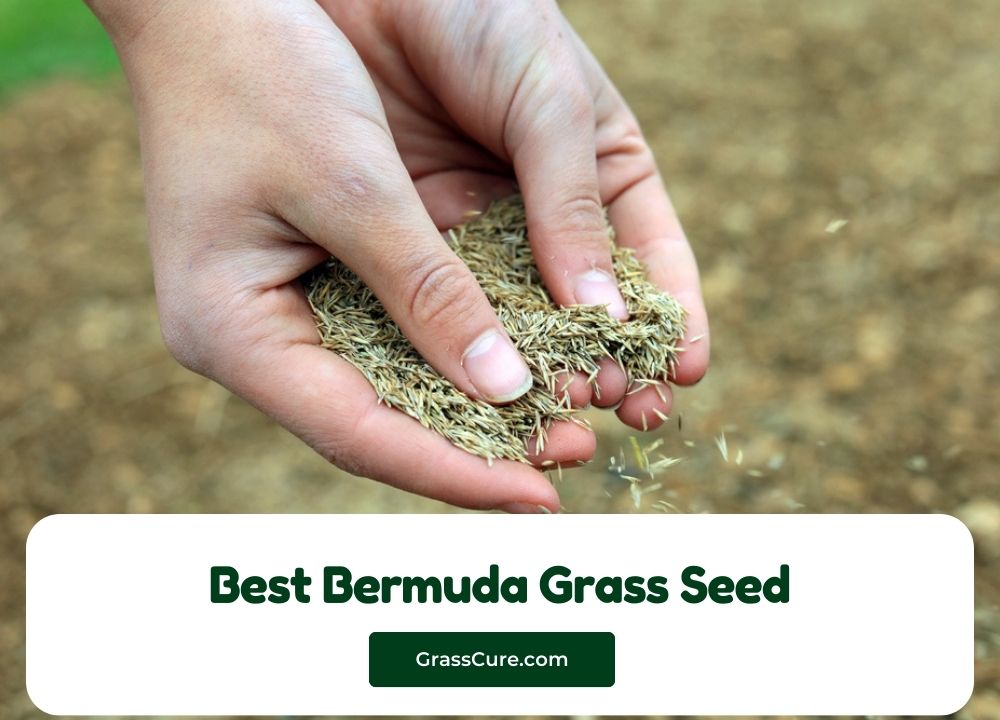Choosing the right grass seed can transform your Connecticut yard from a patchy eyesore into a lush, green oasis. This guide will walk you through selecting the best grass seed for your specific needs and conditions, ensuring a thriving lawn for years to come. We’ll cover everything from understanding Connecticut’s diverse climate to ongoing maintenance strategies, empowering you to achieve the perfect lawn.
Contents
- Choosing the Right Grass Seed for CT
- Understanding Connecticut’s Climate Zones
- Cool-Season Grasses: Ideal Choices
- Warm-Season Grasses: Limited Usefulness
- Top Performing Grass Seed Varieties
- Factors Affecting Grass Seed Selection
- Preparing Your Soil for Optimal Growth
- Sowing and Maintaining Your New Lawn
- Addressing Common Lawn Problems in CT
- Long-Term Lawn Care Strategies for CT
Choosing the Right Grass Seed for CT
Selecting the right grass seed is crucial for a healthy and beautiful lawn in Connecticut. The state’s varied climate and soil conditions demand careful consideration. You’ll need to assess your sun exposure, soil type, and desired level of maintenance to determine the best option. Failing to do so can lead to a lawn that struggles to thrive, requiring more effort and resources than necessary.
Ultimately, the best grass seed for your Connecticut lawn depends on your individual preferences and circumstances. Consider factors such as your budget, the amount of time you’re willing to dedicate to lawn care, and the overall aesthetic you’re hoping to achieve. With careful planning and selection, you can create a lawn that enhances your property and provides years of enjoyment.
Understanding Connecticut’s Climate Zones
Connecticut experiences a diverse range of climates, from the milder coastal areas to the slightly harsher inland regions. These variations significantly impact grass growth and necessitate choosing species suited to specific microclimates. Understanding your location within the state is, therefore, a critical first step. Coastal areas tend to experience milder winters and more moderate temperatures overall.
Inland areas, conversely, may experience more extreme temperature fluctuations, including colder winters and hotter summers. This difference influences the hardiness and growth patterns of various grass species. Therefore, researching the specific climate zone of your property is crucial before selecting grass seed. This ensures you choose a variety that can withstand the local conditions and flourish throughout the year.
Cool-Season Grasses: Ideal Choices
Cool-season grasses, such as Kentucky bluegrass, fine fescue, and perennial ryegrass, are generally the best choice for Connecticut lawns. These grasses thrive in the cooler temperatures of spring and fall, exhibiting robust growth during these periods. They also tolerate the occasional summer heat relatively well, making them versatile options for the state’s diverse climate.
Their deep root systems contribute to drought tolerance, making them low-maintenance choices for many Connecticut homeowners. Furthermore, many cool-season grasses are known for their attractive appearance, creating a dense, lush lawn. However, proper fertilization and watering are still important for optimal growth and disease resistance.
Warm-Season Grasses: Limited Usefulness
While warm-season grasses like Zoysia and Bermuda grass exist, their suitability in Connecticut is limited. These grasses require consistently warm temperatures to thrive, a condition not consistently met throughout Connecticut’s growing season. Consequently, they often struggle to establish themselves and maintain a healthy appearance.
Furthermore, their slower growth rate compared to cool-season grasses can lead to a less dense and potentially weedy lawn. Unless you reside in a particularly warm microclimate within the state, investing in warm-season grasses is generally not recommended. Sticking with cool-season varieties will yield far better results and require less maintenance in the long run.
Top Performing Grass Seed Varieties
Several grass seed varieties consistently perform well in Connecticut’s climate. Kentucky bluegrass, known for its fine texture and dark green color, is a popular choice for its durability and ability to withstand moderate foot traffic. Fine fescue varieties, particularly hard fescue, are excellent choices for shady areas and tolerate drought conditions effectively.
Perennial ryegrass offers rapid germination and establishment, making it ideal for overseeding or quick lawn repair. Blends combining these grasses often provide the best results, leveraging the strengths of each variety to create a resilient and aesthetically pleasing lawn. Always check the seed label for specific recommendations regarding soil type, sun exposure, and climate suitability.
Factors Affecting Grass Seed Selection
Beyond climate, several other factors influence your grass seed choice. Soil type significantly impacts grass growth; sandy soils require different seed varieties than clay soils. Sunlight exposure is another critical consideration; full-sun areas require grasses tolerant of intense heat, while shady areas need shade-tolerant varieties.
Your budget and personal preferences also play a role. Some grass seeds are more expensive than others, and the level of maintenance required varies depending on the chosen variety. Consider your lifestyle and how much time you’re willing to dedicate to lawn care when making your selection. This careful consideration will lead to a more successful and enjoyable lawn care experience.
Preparing Your Soil for Optimal Growth
Before sowing your grass seed, proper soil preparation is essential for optimal growth. Conduct a soil test to determine its pH level and nutrient content. Amend the soil as needed to achieve a neutral pH (around 6.5) and add organic matter like compost to improve drainage and fertility. This step significantly enhances seed germination and root development.
Properly tilling the soil helps break up compacted areas and creates a suitable seedbed. Remove any weeds, rocks, or debris that could hinder growth. A level surface ensures even seed distribution and promotes uniform germination. Raking the soil smooth and creating a fine seedbed is the final step before sowing your grass seed.
Sowing and Maintaining Your New Lawn
Sowing your grass seed requires careful attention to detail. Follow the instructions on the seed packet for recommended seeding rates and techniques. Ensure even distribution, and lightly rake the seed into the soil. After sowing, water gently but thoroughly to promote germination. Avoid overwatering, which can lead to seed rot.
Regular watering and fertilization are crucial for maintaining a healthy lawn. Mow your lawn at the appropriate height for your chosen grass type, avoiding scalping. Regular mowing promotes tillering (the production of new shoots), resulting in a denser, more robust lawn. Addressing weeds promptly and avoiding excessive foot traffic will also contribute to a thriving lawn.
Addressing Common Lawn Problems in CT
Connecticut lawns face several common challenges, including weeds, diseases, and pests. Weeds can be controlled through pre-emergent and post-emergent herbicides, while diseases often require fungicide treatments. Pests like grubs can be managed through appropriate insecticides or cultural practices. Early detection and prompt action are crucial in preventing widespread damage.
Proper fertilization and watering practices are key preventative measures against many lawn problems. Maintaining a healthy lawn through proper care makes it more resistant to diseases and pests. Regular inspection for signs of problems, such as discoloration, wilting, or unusual insect activity, will allow for timely intervention and prevent minor issues from escalating into major problems.
Long-Term Lawn Care Strategies for CT
Long-term lawn care in Connecticut involves a combination of proactive measures and ongoing maintenance. Regular soil testing and fertilization based on the results ensure the lawn receives the necessary nutrients. Proper watering, avoiding overwatering or underwatering, is vital for healthy growth. Aeration and overseeding every few years help maintain lawn density and prevent compaction.
Regular mowing at the correct height and sharp mower blades prevent damage and encourage healthy growth. Addressing weeds and pests promptly prevents them from becoming overwhelming problems. By implementing these strategies, you can ensure your Connecticut lawn remains vibrant, healthy, and beautiful for years to come, requiring less intervention and maximizing your enjoyment.
With careful planning and consistent maintenance, achieving a beautiful, healthy lawn in Connecticut is achievable. By selecting the best grass seed for your specific conditions and following the advice outlined in this guide, you can transform your yard into a lush green space you can be proud of. Remember, a little proactive effort goes a long way in ensuring your lawn thrives for years to come.
